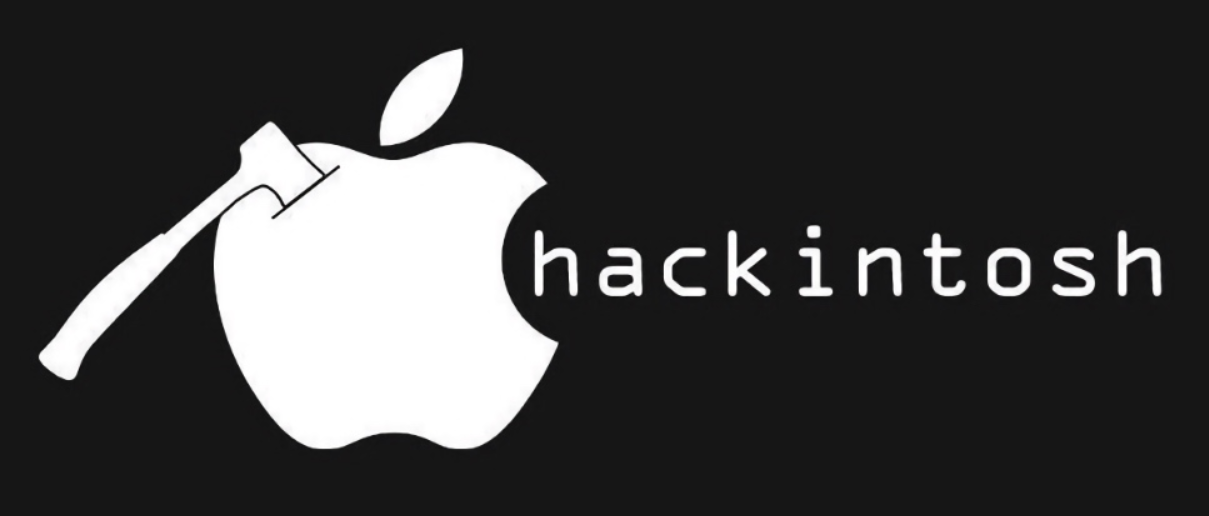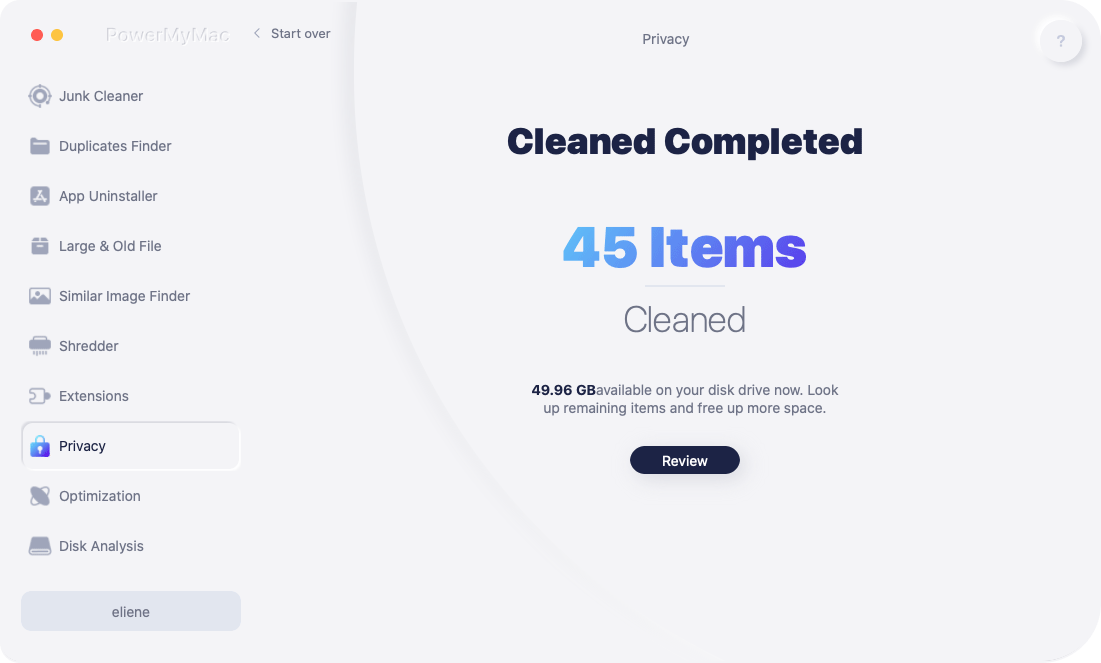If you've ever wondered how to run Mac apps on Windows, you're not alone. Many Mac-exclusive applications—like Final Cut Pro or Logic Pro—don’t offer native Windows versions. Whether you're switching from Mac to PC or simply need access to a specific macOS app, there are several solutions. From emulators to virtual machines, this guide breaks down the most effective ways to run Mac software on a Windows machine. We’ll also cover how to maintain their system when working across platforms.
Contents: Part 1: Why Would You Want to Run Mac Programs on Windows?Part 2: Methods to Run Mac Programs on WindowsPart 3: Performance and Compatibility ConsiderationsPart 4: Maintaining Your Mac for Better Cross-Platform ExperiencePart 5: Final Thoughts
Part 1: Why Would You Want to Run Mac Programs on Windows?
Understanding why people want to run Mac apps on Windows helps clarify the need for reliable methods. Reasons include:
- Access to macOS-exclusive creative software
- Cross-platform development and testing
- Transitioning from Mac to PC
- Avoiding the cost of buying a Mac
Running Mac apps on Windows can be tricky due to OS-level differences, but with the right tools, it's possible.
Can You Natively Run Mac Programs on Windows?
The short answer: No, you can’t natively run Mac apps on Windows because macOS and Windows use different frameworks, file systems, and system calls.
However, several workarounds exist to emulate or virtualize macOS on Windows. These options don’t offer perfect performance but work well for specific tasks or light usage.
Part 2: Methods to Run Mac Programs on Windows
Here are the most effective methods to run Mac apps on Windows:
1. macOS Virtual Machine (VM)
Use virtualization tools like VirtualBox or VMware to install macOS on a Windows PC. You'll need a macOS ISO file and compatible hardware.
- Pros: Full macOS experience
- Cons: Complex setup and may be legally restricted
![]() Related Article: Best Virtual Machine for Mac for Seamless Cross-Platform Computing
Related Article: Best Virtual Machine for Mac for Seamless Cross-Platform Computing
2. Hackintosh on Windows Hardware
A more advanced approach, Hackintosh installs macOS on PC hardware. This setup is not officially supported by Apple.
- Pros: High compatibility with Mac apps
- Cons: Risky, unstable, and time-consuming

3. Remote Mac Access
Use services like MacStadium or remote access apps (e.g., TeamViewer) to control a Mac from your Windows PC.
- Pros: No need to emulate macOS locally
- Cons: Requires stable internet and a Mac somewhere
Each of these methods allows you to run Mac apps on Windows, but your choice depends on your technical skills and purpose.
Part 3: Performance and Compatibility Considerations
When you try to run Mac apps on Windows, expect varying levels of performance. Emulation and virtualization often require a lot of memory and CPU power. You may experience lag, crashes, or limited hardware support—especially for graphics-intensive applications like video editors or music production software.
Some apps won’t work at all due to macOS system dependencies. Testing your most-used apps in a virtual machine before relying on them is highly recommended.
Part 4: Maintaining Your Mac for Better Cross-Platform Experience
Even if you’re primarily using Windows, many users maintain a Mac alongside their PC setup. To keep that Mac running fast and clean, iMyMac PowerMyMac is a must-have.
Here’s how iMyMac PowerMyMac helps:
- Smart System Cleanup: Clears system junk and caches to free up space
- App Uninstaller: Completely deletes apps and residual files
- Memory and Performance Monitor: Tracks CPU, disk, and RAM usage
- Startup Manager: Speeds up boot time by disabling unneeded launch items
- Privacy Cleaner: Wipes browsing history and personal data securely

If you're switching between macOS and Windows or using remote access to run Mac apps, keeping your Mac optimized with iMyMac PowerMyMac ensures top performance—even during remote sessions.
Part 5: Final Thoughts
Whether you're a developer, video editor, or just curious, knowing how to run Mac apps on Windows opens up new possibilities. However, the setup isn't always simple or legal. For light use, a VM or remote access might be enough. For daily workflows, consider alternatives or keep a secondary Mac system optimized with tools like iMyMac PowerMyMac.



